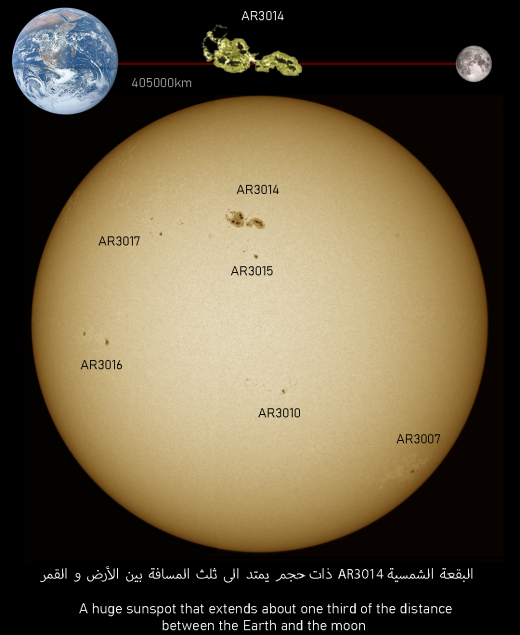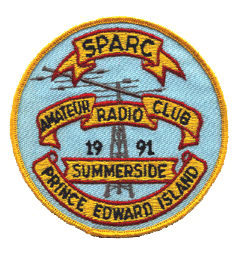NOAA STI
:Product: Geophysical Alert Message wwv.txt
:Issued: 2022 May 20 0910 UTC
# Prepared by the US Dept. of Commerce, NOAA, Space Weather Prediction Center
#
# Geophysical Alert Message
#
Solar-terrestrial indices for 19 May follow.
Solar flux 173 and estimated planetary A-index 10.
The estimated planetary K-index at 0900 UTC on 20 May was 2.
Space weather for the past 24 hours has been minor.
Radio blackouts reaching the R1 level occurred.
No space weather storms are predicted for the next 24 hours.
NOAA Alerts
Space Weather Message Code: SUM10R
Serial Number: 737
Issue Time: 2022 May 20 0808 UTC
SUMMARY: 10cm Radio Burst
Begin Time: 2022 May 20 0743 UTC
Maximum Time: 2022 May 20 0744 UTC
End Time: 2022 May 20 0745 UTC
Duration: 2 minutes
Peak Flux: 210 sfu
Latest Penticton Noon Flux: 173 sfu
NOAA Space Weather Scale descriptions can be found at
www.swpc.noaa.gov/noaa-scales-explanation
Description: A 10cm radio burst indicates that the electromagnetic burst associated with a solar flare at the 10cm wavelength was double or greater than the initial 10cm radio background. This can be indicative of significant radio noise in association with a solar flare. This noise is generally short-lived but can cause interference for sensitive receivers including radar, GPS, and satellite communications.

How big is sunspot AR3014? ONE THIRD OF THE DISTANCE FROM EARTH TO THE MOON:This photo taken by Mohammad Fadel Talafha of the University of Sharjah (United Arab Emirates) puts the behemoth in context:

“Its length (126340 km) is almost 1/3rd of the distance from Earth to the Moon,” says Talafha.
These dimensions make it an easy target for backyard telescopes–safely filtered, of course. No solar filter? No problem. Projection techniques work, too.
AR3014 is so big it is technically a “naked eye” sunspot. In other words, you can see it without magnification. If you have a pair of eclipse glasses, put them on and take a look.
